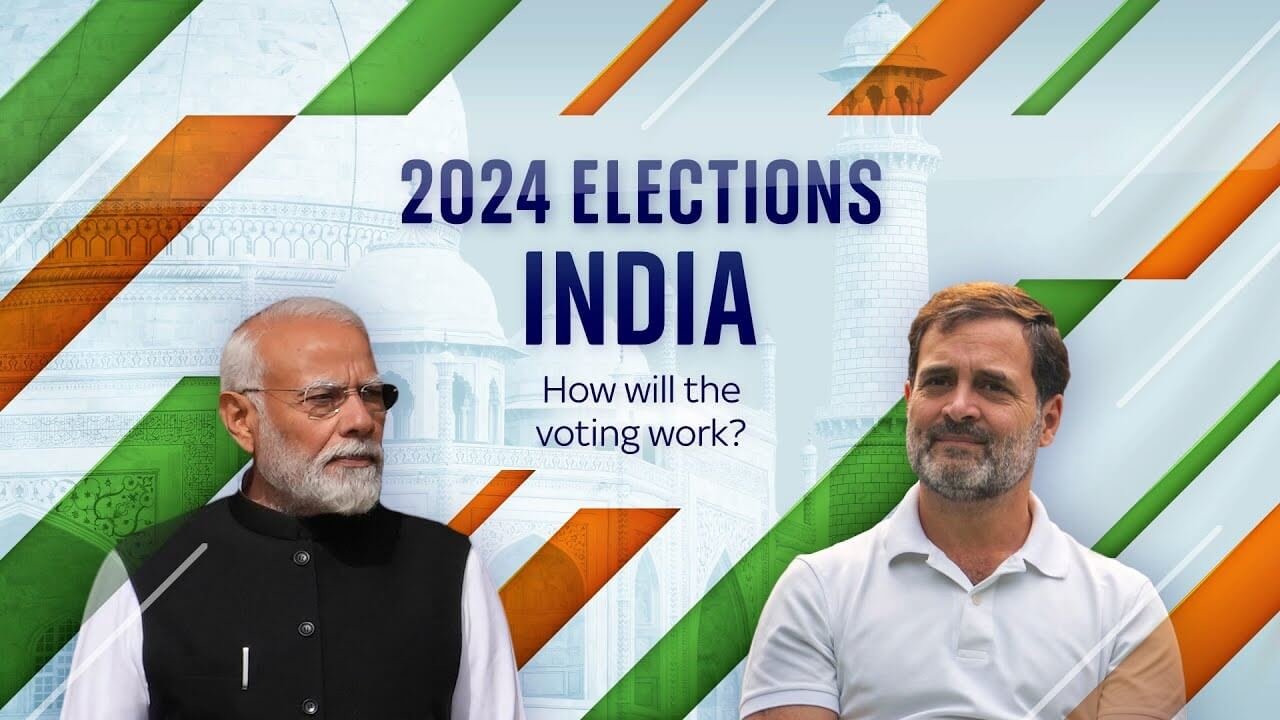Indian General Elections
Introduction
Indian General Elections, India, the world’s largest democracy, embarks on a monumental exercise every five years: the general elections. This grand event, characterized by its vibrant campaigns, enthusiastic voter participation, and significant political discourse, plays a crucial role in shaping the country’s future. In this blog, we delve into the intricacies of the Indian general elections, exploring their structure, significance, and the challenges they encompass.
The Structure of Indian General Elections
The Indian general elections are held to elect members of the Lok Sabha, the lower house of Parliament. Here’s a breakdown of how this democratic process unfolds:
- Electoral System: India follows a first-past-the-post system. The country is divided into 543 constituencies, each represented by one member in the Lok Sabha. Candidates who receive the highest number of votes in their respective constituencies are declared winners.
- Election Phases: Given the vastness and diversity of India, elections are conducted in multiple phases. This phased approach ensures smooth administration and security during the voting process.
- Political Parties: Numerous political parties, both national and regional, contest in the elections. The two major national parties are the Bharatiya Janata Party (BJP) and the Indian National Congress (INC). Regional parties also hold significant influence in various states.
- Election Commission: The Election Commission of India (ECI) oversees the electoral process. It ensures free and fair elections by implementing strict guidelines and monitoring compliance.
The Significance of General Elections
General elections in India are not just a political event; they are a celebration of democracy. Here’s why they matter:
- Representation: Elections provide citizens with the opportunity to choose their representatives. This ensures that the government reflects the will of the people.
- Policy Direction: The outcome of the elections determines the policy direction of the country for the next five years. It impacts everything from economic reforms to social policies.
- Accountability: Elections hold politicians accountable. They must address the concerns of their constituents and deliver on their promises to secure votes.
- Political Engagement: The electoral process fosters political engagement and awareness among citizens. Campaigns, debates, and rallies stimulate public discourse on critical issues.
Key Issues in the Upcoming Elections
As India gears up for its next general elections, several key issues are likely to dominate the discourse:
- Economic Growth: The state of the economy, job creation, and measures to tackle inflation are pivotal concerns for the electorate.
- Healthcare and Education: Access to quality healthcare and education remains a priority for many voters, especially in rural areas.
- Infrastructure Development: Continued emphasis on infrastructure development, including transportation, digital connectivity, and urban planning, is expected.
- Social Welfare: Policies addressing social welfare, including poverty alleviation, women’s empowerment, and social justice, will be closely scrutinized.
- Environmental Concerns: Increasing awareness of environmental issues and climate change is likely to influence voter priorities.
Challenges in Conducting General Elections
Despite the robust framework, Indian general elections face several challenges:
- Logistics and Security: Managing logistics and ensuring security across a vast and diverse nation is a monumental task.
- Electoral Malpractices: Issues such as voter intimidation, booth capturing, and electoral fraud need constant vigilance and strict enforcement of laws.
- Plagiarism in Campaigns: The integrity of political messaging is sometimes compromised by plagiarism, undermining the credibility of candidates and parties.
- Voter Turnout: Ensuring high voter turnout, especially in urban areas, remains a challenge. Voter apathy and logistical difficulties can affect participation.
The Role of Technology
Technology has significantly transformed the electoral landscape in India:
- Electronic Voting Machines (EVMs): EVMs have streamlined the voting process, making it quicker and more efficient. The introduction of Voter Verifiable Paper Audit Trail (VVPAT) enhances transparency.
- Social Media: Social media platforms are pivotal in reaching voters, especially the youth. However, they also pose challenges related to misinformation and polarization.
- Data Analytics: Political parties increasingly use data analytics to understand voter behavior, tailor campaigns, and optimize outreach efforts.
Conclusion
The Indian general elections are a testament to the country’s democratic spirit. They embody the collective aspirations of over a billion people, offering a platform for diverse voices and perspectives. As India prepares for its next electoral journey, the emphasis on fair practices, technological advancements, and addressing key issues will be crucial in ensuring that the elections truly reflect the will of the people.
By participating in the electoral process, citizens play an active role in shaping the future of their nation. The vibrancy and resilience of Indian democracy continue to inspire and demonstrate the enduring power of the people’s voice. #IndianGeneralElections.
If you like our blog, please do check out our other categories like , Animal Facts, Human body facts, scientific Facts, Health Facts, Amazing Facts
Thank you folks and requesting to please visit our website frequently to view new christian articles, lyrics and quotes. Visit our Instagram page : onewaytointernity, and our facebook page: fb/Onewaytheonlyway
Please visit for more christian stuff :
Visit : https://onewaytheonlyway.com
Quora : https://onewaytheonlyway.quora.com
pinterest : https://in.pinterest.com/madhuym2012/
Facts Blog : https://factsblog.in
Tumblr: https://www.tumblr.com/blog/onewaytheonlyway
YouTube : https://www.youtube.com/c/Tysonpaul




Recent Comments